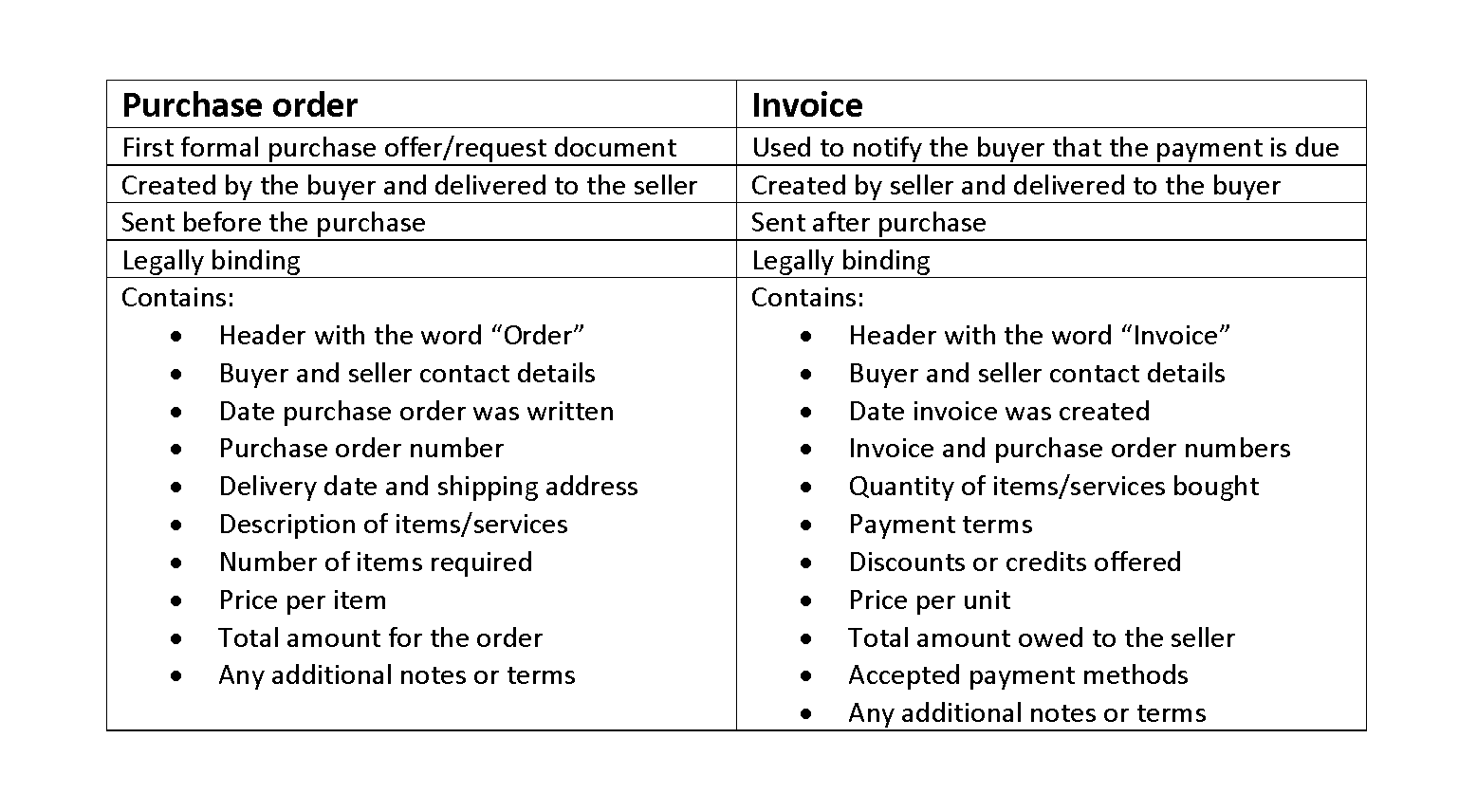
LIFO (last-in, first-out) is a method used by businesses to measure and account for the value of inventory goods. Although it can be a practical way of managing your inventory, there are many countries in which the practice of LIFO is banned. Each of these three methodologies relies on a different method of calculating both the inventory of goods and the cost of goods sold.
FIFO vs. LIFO Inventory Valuation
FIFO and LIFO also have different impacts on inventory value and financial statements. Under FIFO, older (and therefore usually cheaper) goods are sold first, leading to a lower average cost of goods sold. FIFO often results in higher net income and higher inventory balances on the balance sheet. However, this results in higher tax liabilities and potentially https://www.bookstime.com/ higher future write-offs if that inventory becomes obsolete. In general, for companies trying to better match their sales with the actual movement of product, FIFO might be a better way to depict the movement of inventory.

Why You Can Trust Finance Strategists

In periods of falling inventory costs, a company using LIFO will have a greater gross profit because their cost of goods sold is based on more recent, cheaper inventory. It’s good as it results in a lower recorded taxable income, giving businesses a lower tax bill. This can also be a negative assets = liabilities + equity for some companies, since lower reported profits may not be appealing to investors. LIFO is banned under the International Financial Reporting Standards that are used by most of the world because it minimizes taxable income.
Weighted Average Cost

This means the most recently purchased goods are bought at a higher cost than earlier goods. These price changes have implications for the cost of goods sold, inventory value, and taxable income. Since the LIFO inventory method uses the higher-priced goods first, this increases the cost of goods sold. FIFO will have a higher ending inventory value and lower cost of goods sold (COGS) compared to LIFO in a period of rising prices. Therefore, under lifo formula these circumstances, FIFO would produce a higher gross profit and, similarly, a higher income tax expense.
- The reason for organizing the inventory balance is to make it easier to locate which inventory was acquired most recently.
- Therefore, when COGS is lower (as it is under FIFO), a company will report a higher gross income statement.
- The result of this decline was an increase in earnings and tax payments over what they would have been on a FIFO basis.
- LIFO is an inventory accounting method used by businesses to value their available inventory stock.
- It follows the rule that states the most recently acquired or produced items are the first to be sold or used.
FIFO Tax Implications
- For example, if you sold 15 units, you would multiply that amount by the cost of your oldest inventory.
- One downside to using the LIFO method is that older inventory may continue to sit in the warehouse unless the business sells all of its newer inventory.
- In other words, the seafood company would never leave their oldest inventory sitting idle since the food could spoil, leading to losses.
- One potential downside to LIFO is that it can lead to higher inventory costs as old items must be replaced frequently.
- The method allows them to take advantage of lower taxable income and higher cash flow when their expenses are rising.
- The right accounting software helps you track your inventory values so you can quickly and easily calculate costs.
This change in profitability impacts the income statement and key financial metrics that investors and analysts scrutinize. LIFO is an inventory accounting method used by businesses to value their available inventory stock. It follows the rule that states the most recently acquired or produced items are the first to be sold or used.
